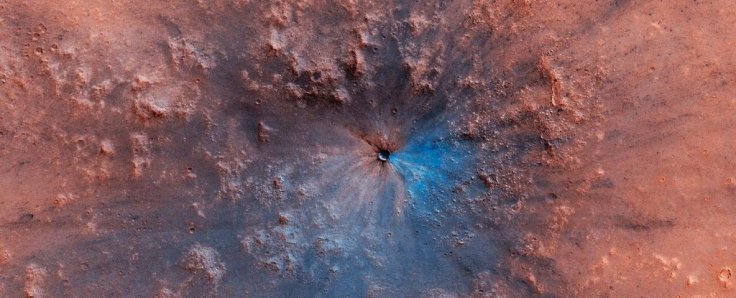A couple of NASA scientists supported the idea that alien life could exist within the underground lava tubes and caves on Mars. They believe that these subsurface regions may have the right environmental conditions to support life.
For years, space agencies have been focused on trying to determine if alien life can exist on Mars. So far, the presence of life thriving on the Red Planet seems a bit unlikely due to its harsh conditions.
Finding Alien Life Beneath Mars' Surface

During a previous conference at the National Cave and Karst Research Institute in Mexico held in November, scientists discussed the possibility of alien life existing on Mars. Many of those who participated in the conference believe although the planet's subsurface seems uninhabitable, its underground environment might be suitable for life. The Red Planet's underground world can be accessed through its vast network of lava tubes and caves.
"The surface of Mars is a very oxidizing, radiation-heavy environment where liquid water is not really stable for an extended amount of time," NASA research scientist Vlada Stamenkovic said, according to Space.com. "It's the worst place to look for life-sites on Mars. Groundwater might be the only habitat for extant life on Mars if it still exists today."
Applying Earth Concepts On Mars

The idea of alien life thriving underground is partly based on the scientists' observations here on Earth. As shown in previous reports, microbial life in the form of slime and biofilms have been detected in caves on Earth. According to scientists, these kinds of lifeforms tend to thrive more underground than on the surface because its environmental conditions are more consistent and benign.
The same concept can be applied to Mars. The planet's underground world, which was carved out by flowing lava millions of years ago, most likely has a very different condition than the Martian surface. For one, Mars' underground caves are less exposed to cosmic radiation than its surface.
Developing New Mars Mission Parameters
Due to the possibility of finding alien life underground, Penny Boston, a senior advisor for science integration at NASA, called for a change in how missions are planned. Instead of investing in costly and challenging sample-return missions, agencies should focus on expeditions that are more cost-effective but have higher chances of success.
"My own personal opinion is that it's time to line up missions with what the community is seeing in terms of return on investment versus the difficulty of accessing any particular environment," she said. "It has been shown, with Mars, a campaign to systematically look for the water and now probe other aspects of habitability have yielded a tremendous amount of science."








